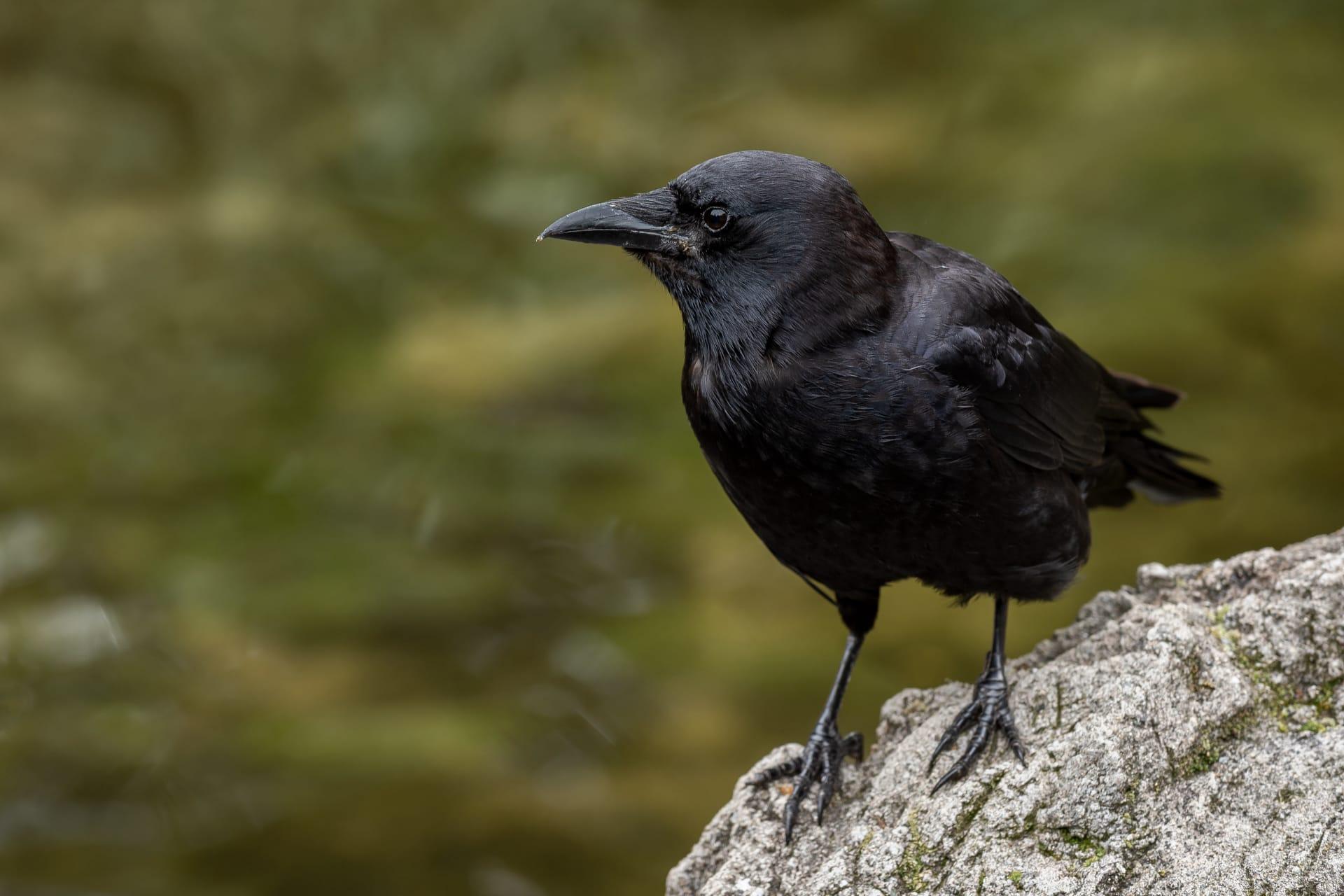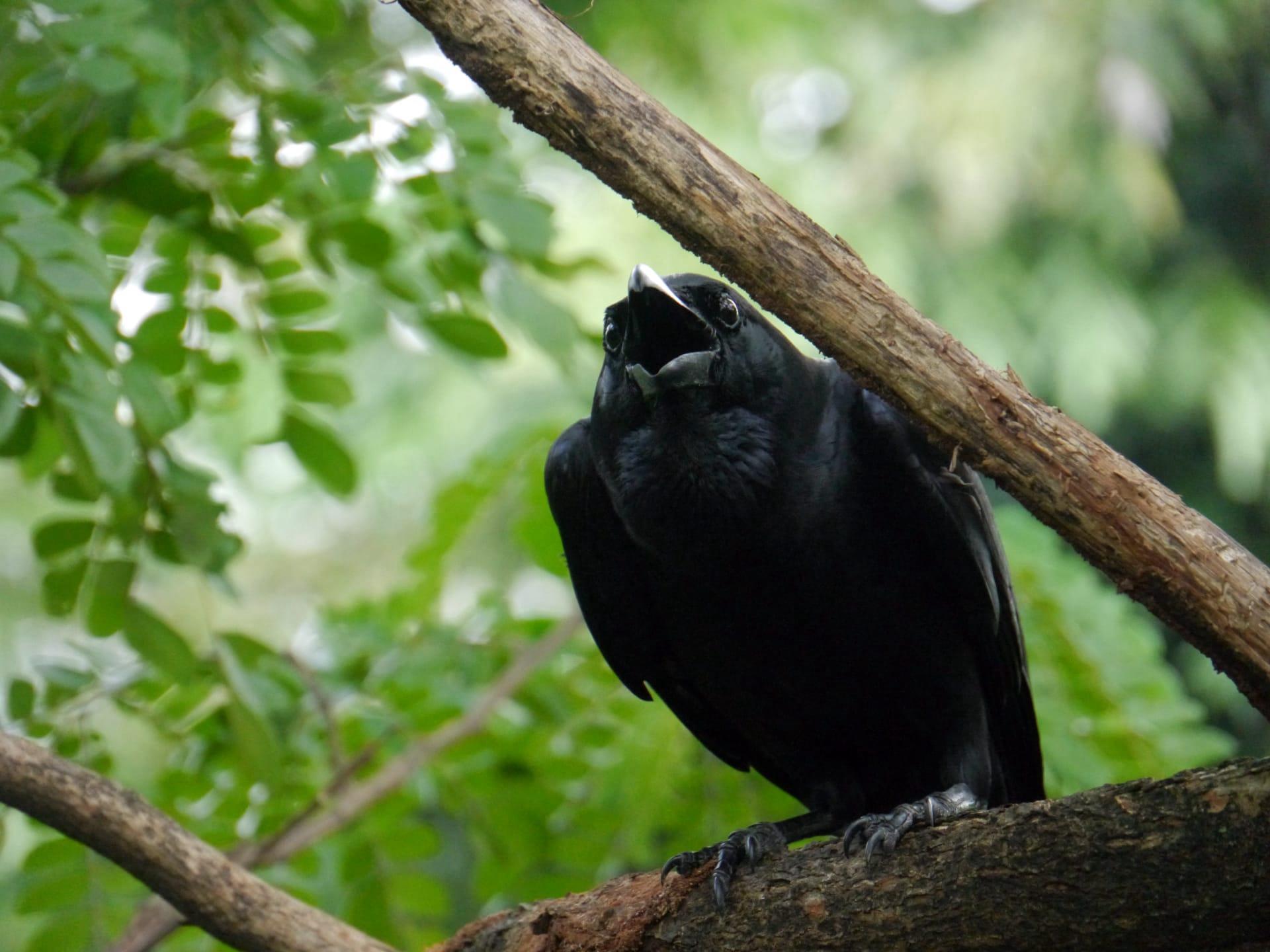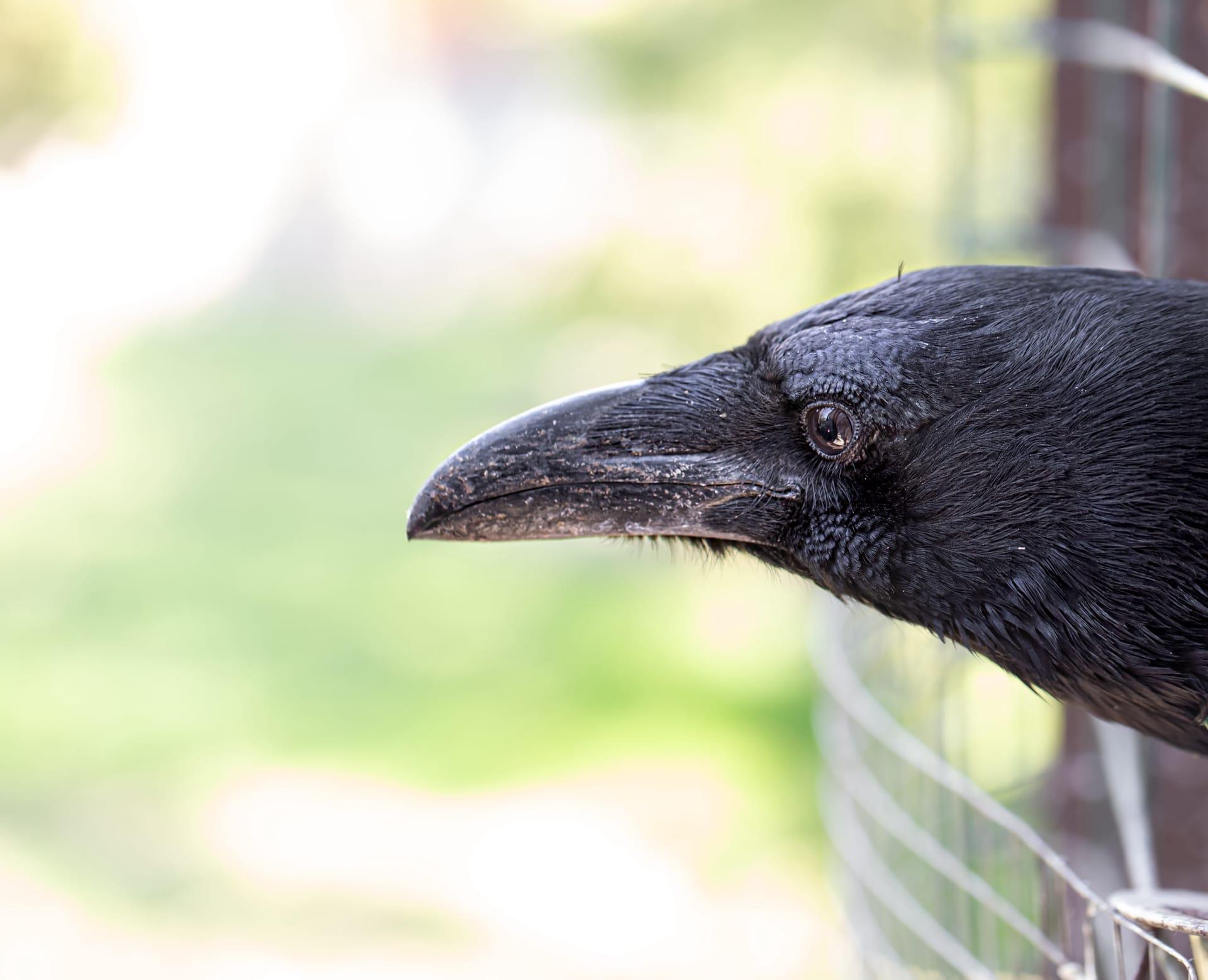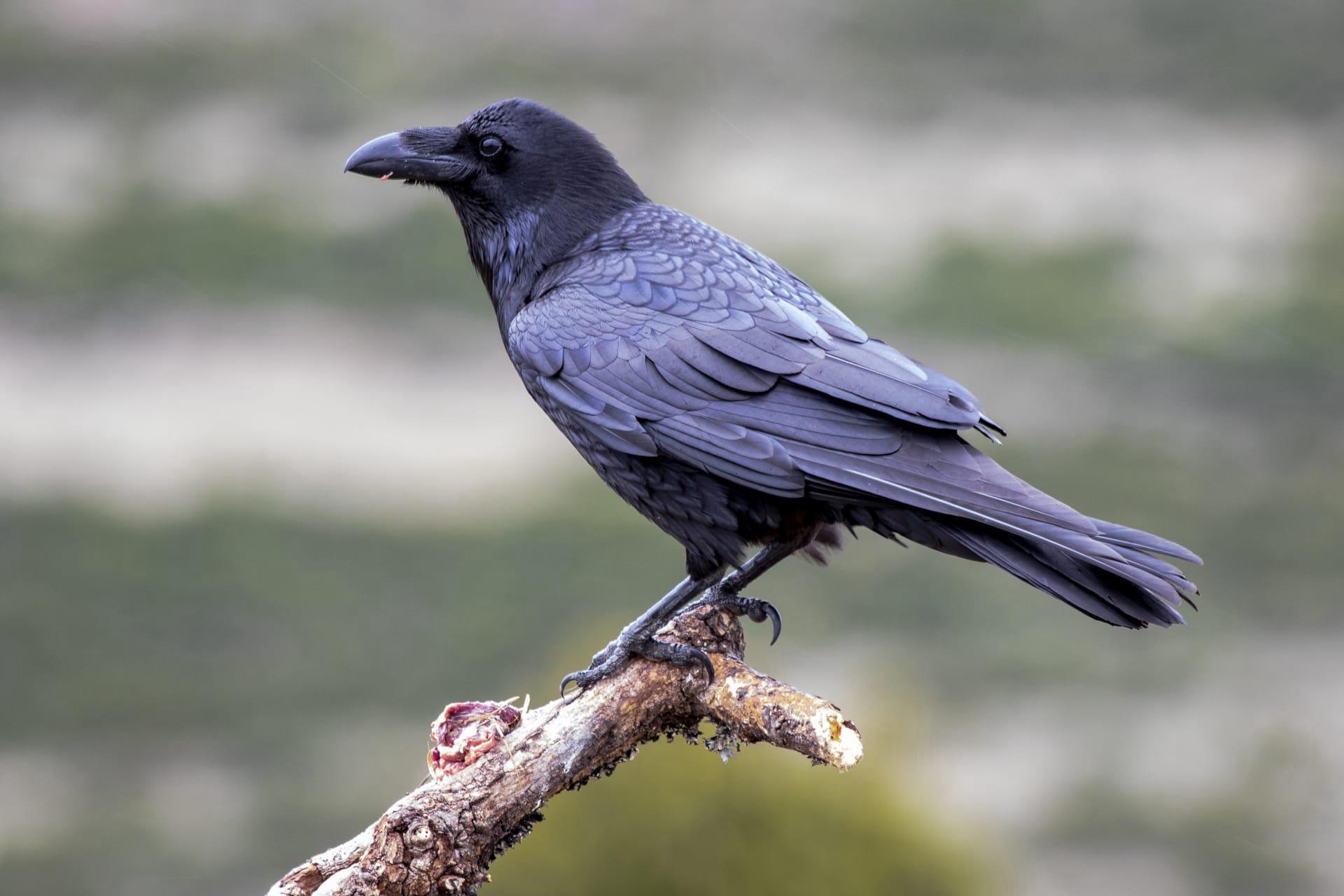Crow Characteristics
- Home /
- Mini Encyclopedia /
- Animal /
- Crow Characteristics
1
Crows, those clever birds often seen perched atop trees or soaring through the sky, are a marvel of nature. Sporting a predominantly black plumage, their appearance might seem simple at first glance. However, a closer look reveals an intricate play of shiny blues and greens in the light. Adult crows typically measure about 17.5 inches in length, with a wingspan that can stretch up to 39 inches. Their weight, hovering around 20 ounces, strikes a fine balance that aids in their agile flight. A crow's lifespan is another point of interest. While many perish in their first year, those that survive can live up to 14-20 years in the wild, a testament to their resilience.
One of the crow's most fascinating features is its brain. Proportionally larger compared to other birds, the crow's brain facilitates complex problem-solving and social interactions. This advanced cognitive ability is evident in their use of tools, a rare trait in the bird world. Crows have been observed crafting and using sticks to extract insects from hard-to-reach places. Their memory is equally impressive, allowing them to remember human faces and locations of hidden food caches. This intelligence, akin to that of primates, underscores the crow's unique place in the avian kingdom.

2
Question: Why do crows gather in large groups and make loud noises?
Answer: This common sight, often termed a 'murder' of crows, is actually a complex social gathering. Crows are highly social creatures and these congregations serve multiple purposes. Firstly, they provide safety in numbers, helping protect against predators. Additionally, these gatherings are crucial for communication. Crows exchange information about food sources and potential dangers. The loud noises are a mix of calls used to convey different messages, from warnings to expressions of social bonding. Interestingly, these gatherings often occur in the evening, suggesting a communal effort to share the day's experiences and coordinate for the next.

3
Crows exhibit a range of movement characteristics that showcase their adaptability and intelligence. In flight, crows are strong and strategic. They can reach speeds up to 30-60 kilometers per hour, depending on the conditions. Their flight patterns are varied, from straight, purposeful lines when traveling to loopy acrobatics during play or territorial displays. On the ground, crows walk and hop with confidence, often observed investigating their surroundings with keen eyes.
In terms of hunting and feeding, crows are omnivores and opportunistic feeders. Their diet is incredibly varied, including fruits, nuts, small animals, and even carrion. Crows are also known to store food in multiple locations – a behavior known as caching. They're not just opportunistic but also clever hunters. Working in groups, crows can corner smaller prey or collaborate to distract predators while another crow steals food. This combination of tactics underlines their adaptability and intelligence in securing a meal.

4
Crows are incredibly versatile when it comes to their living environments. They are found in a wide array of habitats, from rural farmlands to dense urban areas. Their adaptability to different environments is remarkable. Crows thrive in places where food sources are abundant and where there are trees or high places for roosting and nesting. Urban environments, with their plethora of food scraps and safe nesting sites, are particularly attractive to these birds.
The reproductive behavior of crows is equally fascinating. They are monogamous, often forming lifelong pair bonds. Nesting is a joint effort, with both the male and female involved in building the nest, typically situated high in a tree or on a ledge. Female crows lay 3-5 eggs, which both parents help incubate. Post-hatching, both parents are actively involved in feeding and protecting the chicks. The young crows stay with their parents for several months, learning vital survival skills before venturing out on their own.

5
Book: "Mind of the Raven: Investigations and Adventures with Wolf-Birds" by Bernd Heinrich, a renowned biologist. Published in the United States in 1999, this book delves into the intricate world of ravens, a close relative of the crow. Through personal anecdotes and rigorous scientific observation, Heinrich uncovers the intelligence and social dynamics of these birds. He explores their problem-solving abilities, communication, and the emotional depth that makes them so intriguing.
Book: "Gifts of the Crow: How Perception, Emotion, and Thought Allow Smart Birds to Behave Like Humans" by John Marzluff and Tony Angell, published in the United States in 2012. This book offers a captivating exploration of the crow's brain and its astonishing similarities to the human brain. Marzluff, a wildlife biologist, and Angell, an artist, combine their expertise to illustrate the sophisticated mental capabilities of crows, including their use of tools, ability to plan, and their complex social behavior.